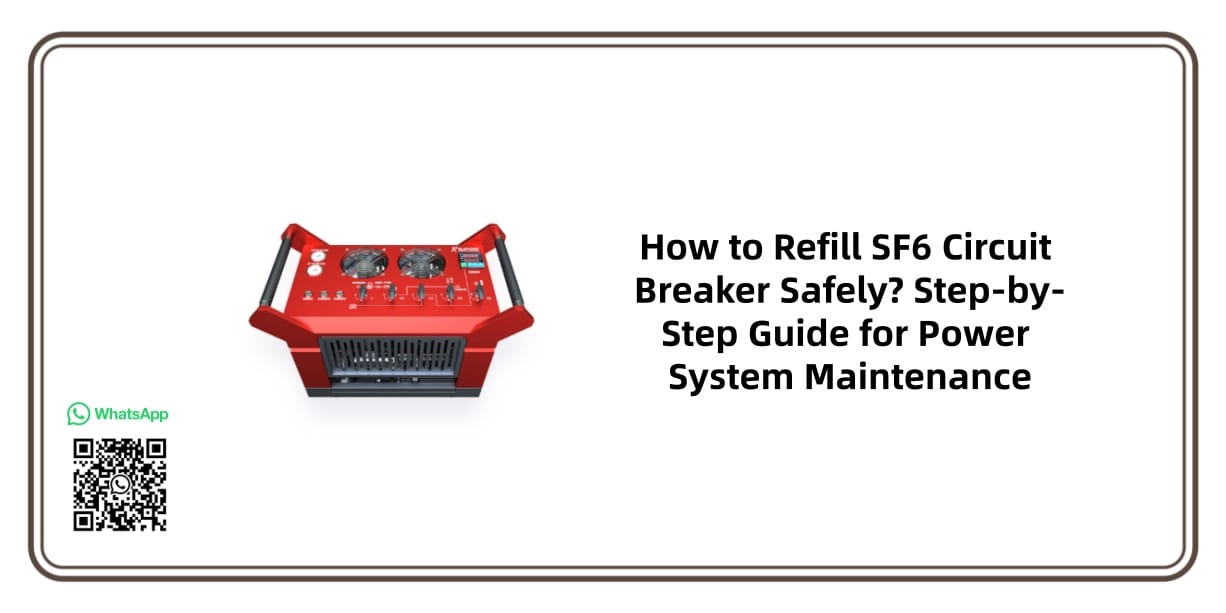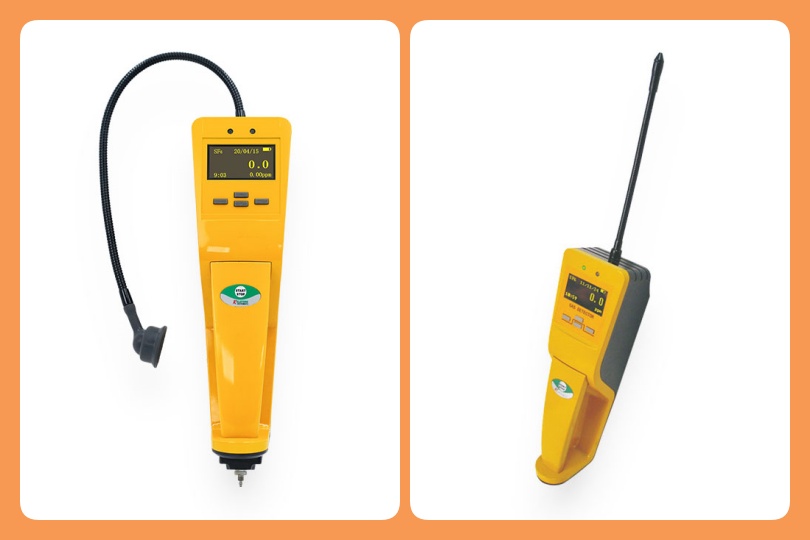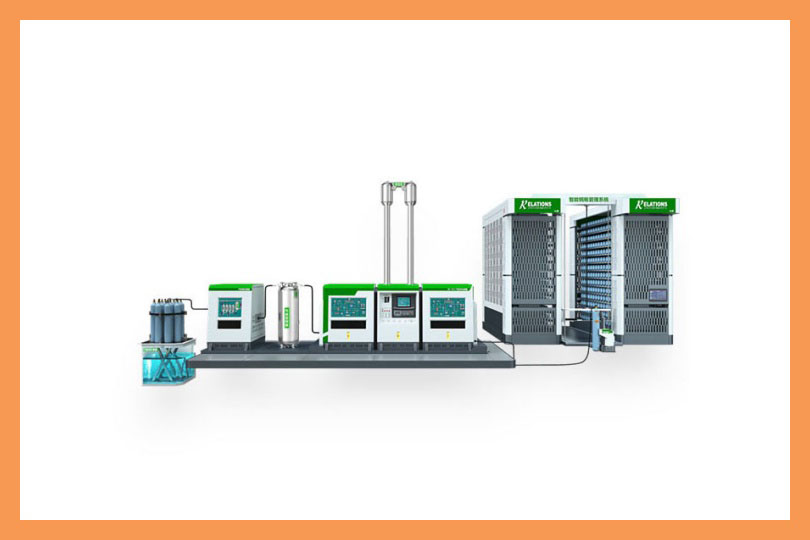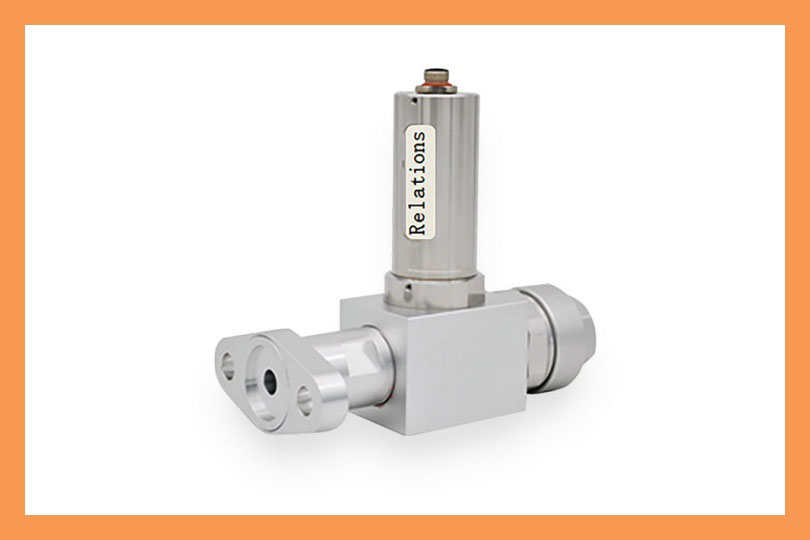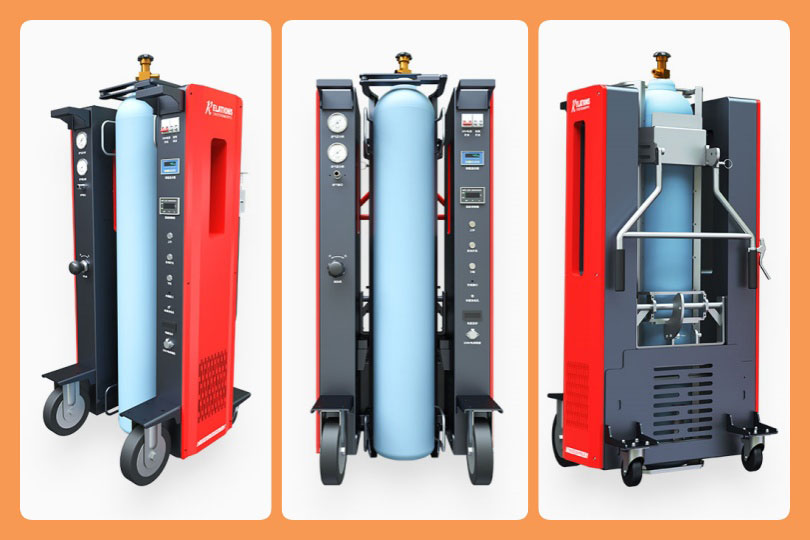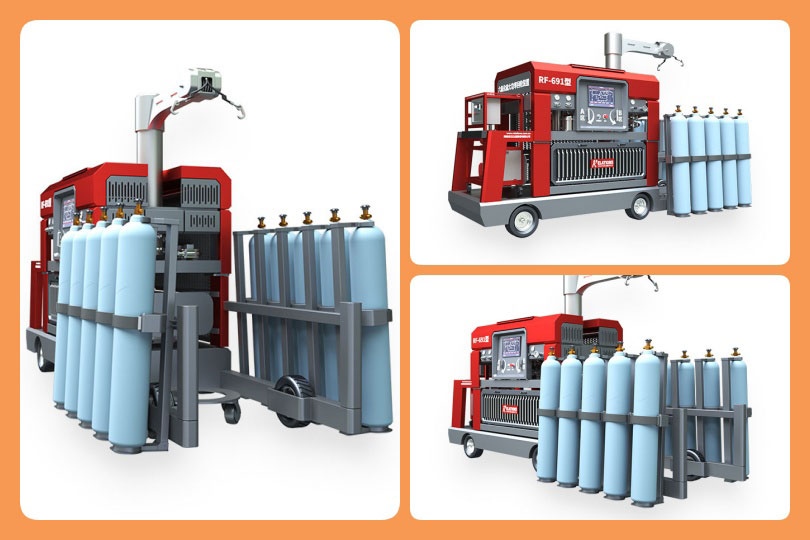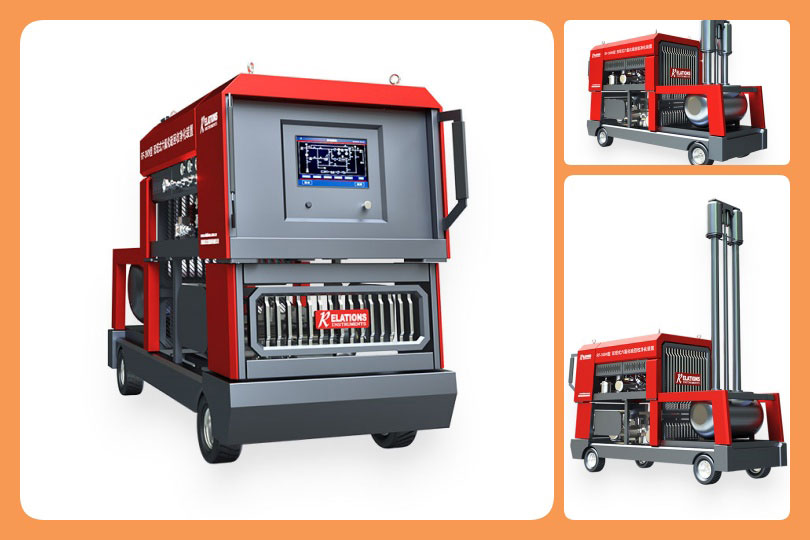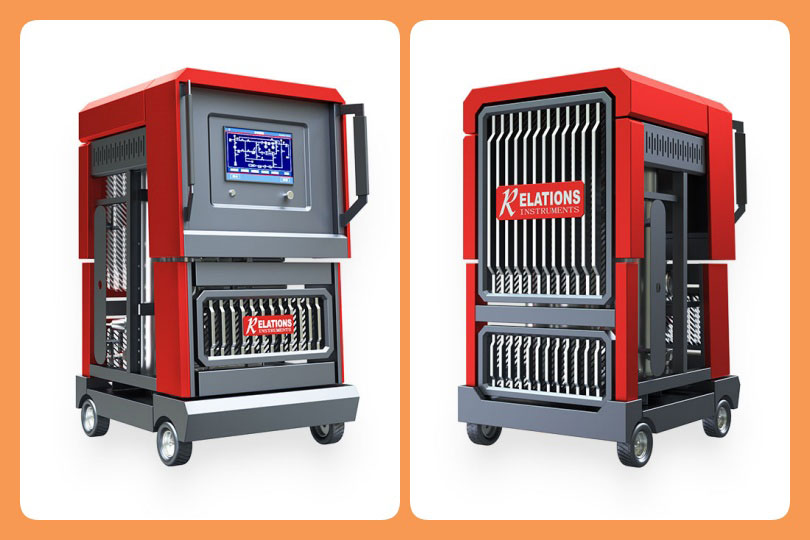How to Refill SF6 Circuit Breaker Safely? Step-by-Step Guide for Power System Maintenance
Date
2025-09-22
[email protected]
Website
www.sf6gasdetector.com
Get Solutions And Quotes
How to Refill SF6 Circuit Breaker Safely? Step-by-Step Guide for Power System Maintenance
SF6 circuit breakers are widely used in power systems due to their excellent insulation and arc-extinguishing properties. However, over time, SF6 gas may leak, reducing the breaker’s performance and even causing safety risks. Refilling SF6 gas correctly is crucial to maintain the breaker’s functionality. This guide details how to refill SF6 circuit breaker step by step, ensuring safety and efficiency.
1. Preparation Before Refilling SF6 Circuit Breaker
Before starting the refilling process, proper preparation is essential to avoid errors and hazards.
1.1 Gather Necessary Tools and Equipment
You will need:
- High-purity SF6 gas cylinder (purity ≥ 99.995%, meeting IEC 60376 standards)
- SF6 gas recovery and refilling device (with pressure gauge, vacuum pump, and filter)
- Gas leak detector (to check for pre-refill leaks)
- Safety gear: acid-resistant gloves, goggles, respirator (SF6 is non-toxic but can displace oxygen in confined spaces)
- Wrenches, sealing tapes, and a digital thermometer (to monitor ambient temperature)
1.2 Inspect the SF6 Circuit Breaker
First, disconnect the breaker from the power supply and lock out the system to ensure no accidental energization. Then:
- Use the gas leak detector to check all joints, valves, and seals for leaks. If leaks are found, repair them (e.g., replace O-rings) before refilling.
- Check the existing SF6 gas pressure with the breaker’s built-in pressure gauge. Record the pressure value to calculate the required refill amount.
- Ensure the breaker’s gas chamber is clean and free of moisture—moisture can react with SF6 to form toxic byproducts.
2. Step-by-Step Process to Refill SF6 Circuit Breaker
Follow these steps to refill the SF6 gas safely and accurately:
2.1 Evacuate the Gas Chamber (If Needed)
If the existing SF6 gas pressure is extremely low (below 0.1 MPa) or the gas is contaminated:
- Connect the SF6 recovery device to the breaker’s gas valve.
- Start the recovery pump to extract residual SF6 gas into a recovery cylinder (never release SF6 directly into the atmosphere—it is a potent greenhouse gas).
- After recovery, use the vacuum pump to evacuate the gas chamber to a vacuum degree of ≤ 10 Pa. Hold the vacuum for 30 minutes to ensure no air or moisture remains.
2.2 Connect the SF6 Gas Cylinder
- Place the high-purity SF6 gas cylinder in an upright position and secure it to prevent tipping.
- Clean the cylinder valve and the breaker’s gas inlet valve with a lint-free cloth to avoid dust contamination.
- Connect the refilling hose (from the refilling device) to the cylinder valve and the breaker’s inlet valve. Tighten the connections with a wrench, and wrap sealing tape around the threads to prevent leaks.
2.3 Control the Refilling Pressure and Speed
- Open the SF6 cylinder valve slowly to avoid sudden pressure surges. Then, start the refilling device.
- Monitor the pressure gauge on the breaker and the ambient temperature. The refilling pressure depends on the breaker’s model and temperature—for example, a typical 110kV SF6 breaker requires a pressure of 0.5–0.6 MPa at 20°C. Refer to the manufacturer’s manual for exact values.
- Refill at a slow speed (≤ 0.1 MPa/min) to prevent the gas from condensing (SF6 may condense at low temperatures if filled too quickly).
2.4 Stop Refilling and Inspect
- When the pressure reaches the target value (adjusted for ambient temperature), close the cylinder valve and the refilling device.
- Disconnect the refilling hose and tighten the breaker’s inlet valve.
- Wait 30 minutes to allow the gas to stabilize, then recheck the pressure. If the pressure drops, identify and fix the leak before refilling again.
3. Safety and Environmental Notes for SF6 Circuit Breaker Refilling
- Safety First: Always work in a well-ventilated area. If working in a confined space, use an oxygen monitor to ensure oxygen levels (19.5–23.5%). Avoid direct contact with liquid SF6, as it can cause frostbite.
- Environmental Protection: SF6 has a high global warming potential (GWP). Recycle all residual SF6 using a certified recovery device, and never vent it to the air. Dispose of empty gas cylinders according to local regulations.
- Documentation: Record the refilling date, SF6 gas batch number, pressure values (before and after), and operator name. This helps track the breaker’s maintenance history and detect potential issues early.
4. Post-Refill Verification
After refilling, test the SF6 circuit breaker’s functionality:
- Perform a mechanical operation test to ensure the breaker opens and closes smoothly.
- Check the insulation performance using a megohmmeter (insulation resistance should meet the manufacturer’s standards).
- Monitor the pressure daily for the first week to confirm no leaks.
By following this guide, you can safely and effectively refill an SF6 circuit breaker, ensuring it operates reliably in power systems. Always refer to the breaker’s specific manual for model-specific requirements, and prioritize safety and environmental compliance throughout the process.
